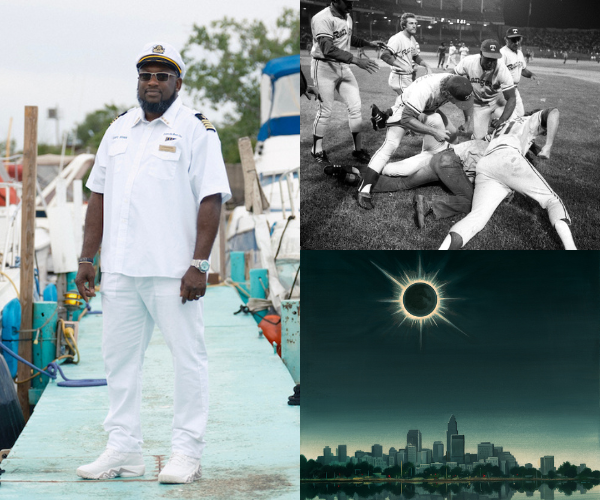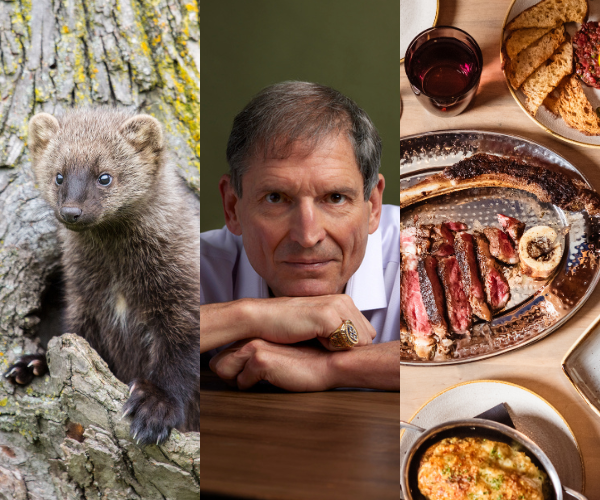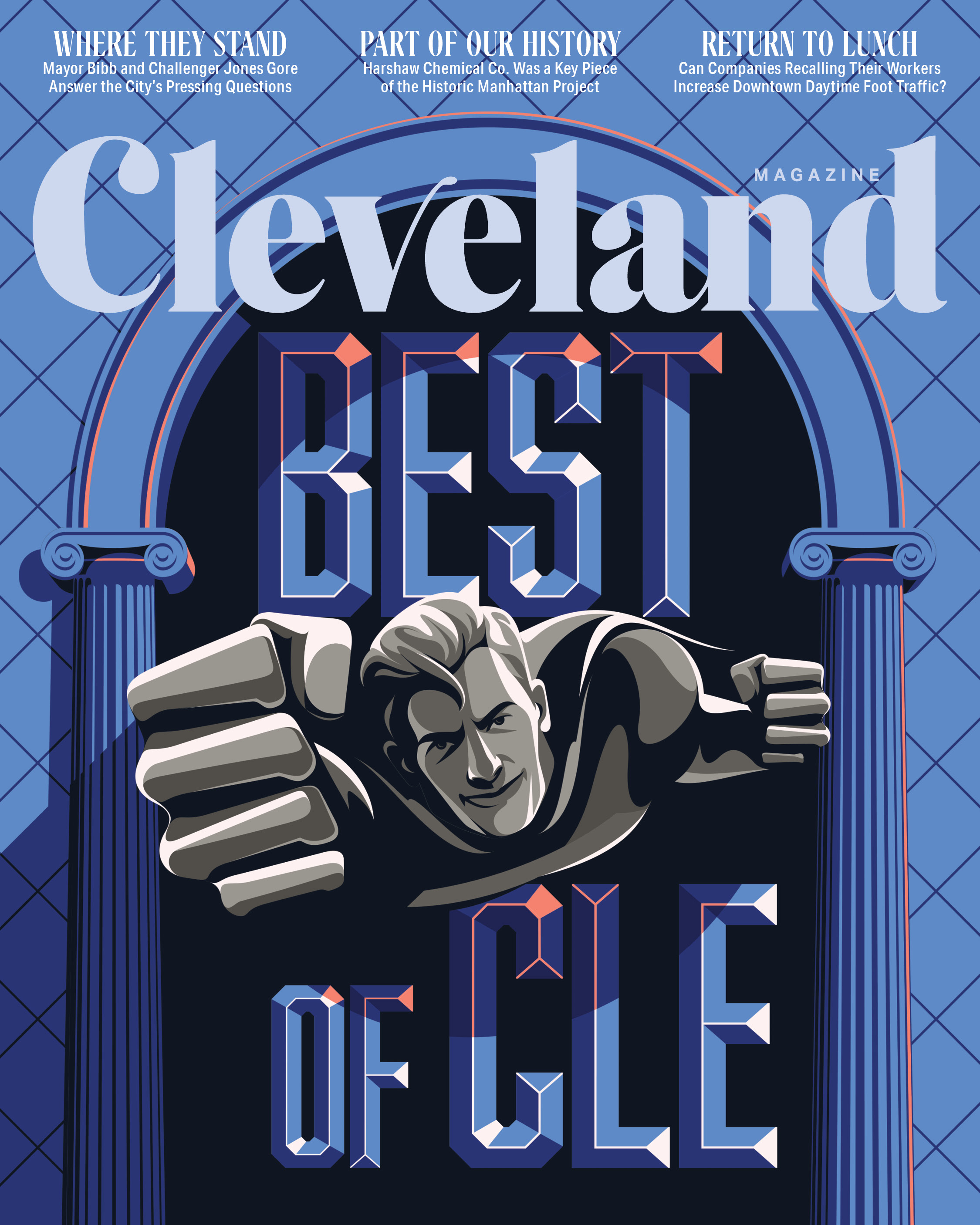Youth Challenge
by Steve Gleydura | Mar. 15, 2016 | 4:00 AM

Eric Mull
This month's issue is strangely at odds — at once examining a group leading us forward and one being left behind.
So much has been discussed about millennials: Time magazine cover stories touting "why they'll save us all," Pew Research Center studies and Cleveland Foundation reports preparing us for the impact of the Fifth Migration.
The other part of this generation? Much less. Halfway into a national initiative to end homelessness, the U.S. Department of Housing and Urban Development took one small step toward counting them. It's difficult to help if you barely know homeless youth exist.
By most measures, the gap is wide.
In our cover story, "Our Millennial Moment," we asked Northeast Ohio's 18- to 34-year-olds to describe Cleveland. The most common responses read like a Destination Cleveland brochure. Fun. Growing. Affordable. Underrated. Gritty. Vibrant. There was a slight undercurrent, however, with some pointing out that our region remains segregated.
Meanwhile, 22-year-old Daniel Lentine was sleeping in a 15-foot-wide alcove under a West Side bridge with two others. The Spot, as he called it, was not too far from workday parking lots and nighttime bars, which left them vulnerable to discovery. But they had plenty of blankets.
Assistant editor James Bigley II met Lentine in January while reporting "The Lost Ones," a look at an initiative to end youth homelessness in Cuyahoga County by 2020.
Our goal in both stories was to get beyond the stereotypes, ask important questions, and find answers that can make a difference.
When we asked millennials about the top issue facing Northeast Ohio, the No. 1 response was the opportunity gap. It's not what I expected but fits what we found.
"People are looking for ways to be together," says 30-year-old Nate Friedrichsen, who we interviewed for our cover story. He hopes to start a church that unites folks from all backgrounds. But he's worried about his generation — whether they're really committed to the efforts so many talk about. "I think the challenge of the generation is ... to actually have people who commit to long-term change to do the hard work," he says.
Where these stories, opportunities and challenges intersect, there's hope. In that hope, there's power — to change, solve problems, evolve and make the most of our moment. "This isn't a city of what was," Friedrichsen says. "It's a city of what can be."
Trending
-
1
-
2
-
3
-
4
-
5










